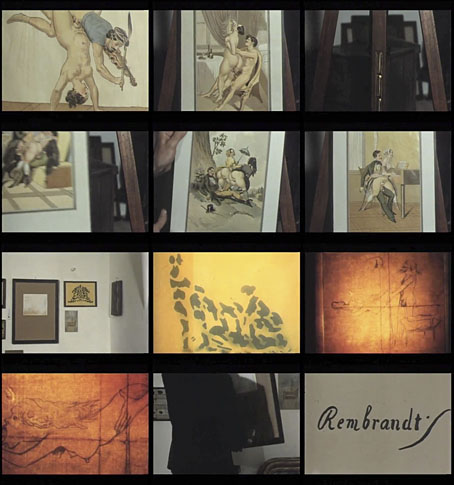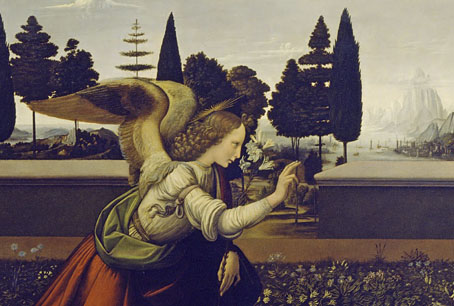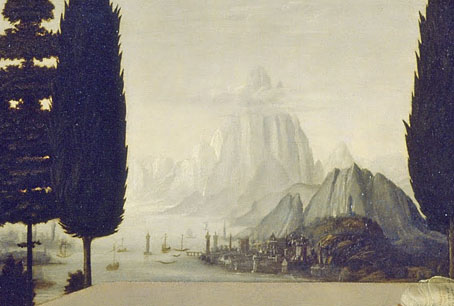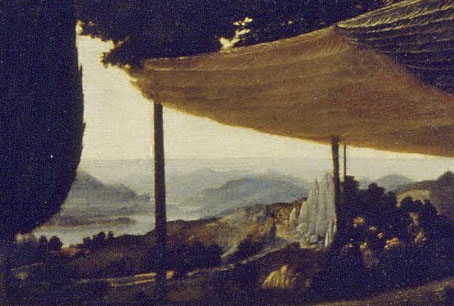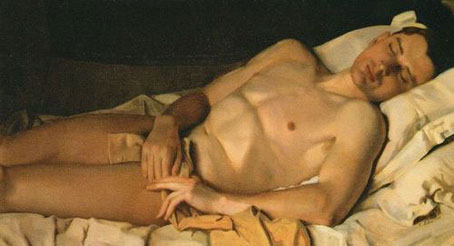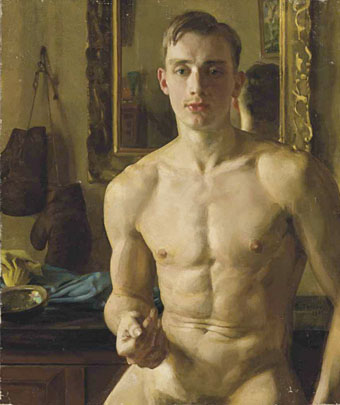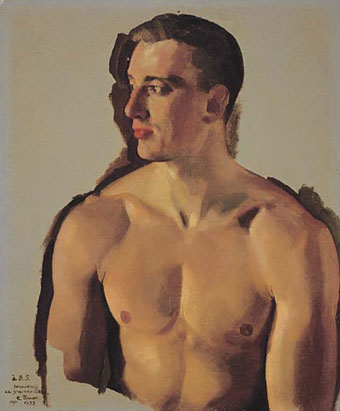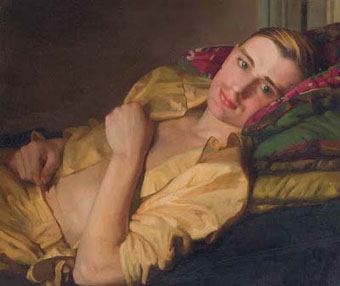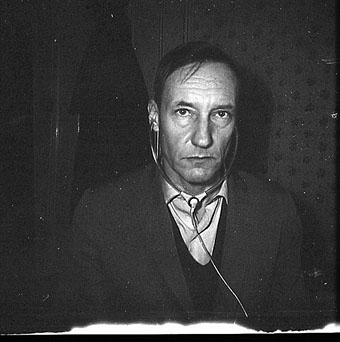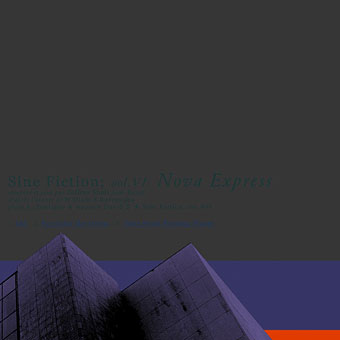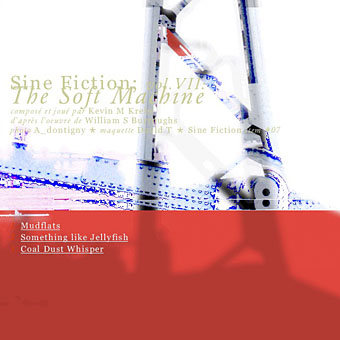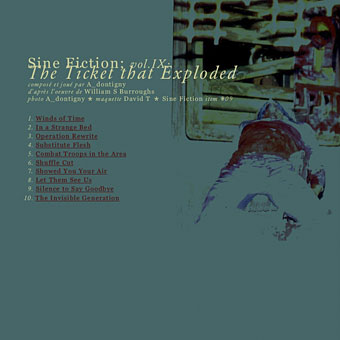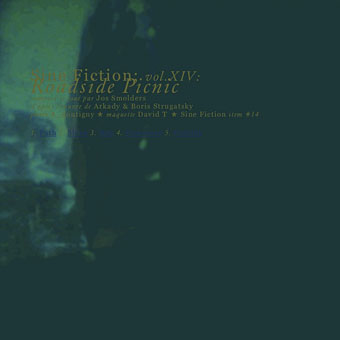British animator Bob Godfrey died this week but as a result of copyright restrictions there’s little of his work on YouTube aside from the films he made for children’s television in the 1970s and 1980s. One of those series, Roobarb (1974), is a personal favourite, but Godfrey had a long career in animation, and worked in many different styles. Two years before Roobarb he caused a stir with the bawdy Kama Sutra Rides Again (1972), a cartoon that was banned for a while, animated films being subject to the same ignorant reaction as comics from those who see them as a medium solely for children. Since we can’t watch Godfrey’s film online here’s something he may have appreciated, fellow animator Walerian Borowczyk in 1973 showing off his collection of vintage erotic art. After this Borowczyk abandoned animation for the no doubt more lucrative world of the sexploitation feature film.
Previously on { feuilleton }
• Dom by Walerian Borowczyk and Jan Lenica
• Les Jeux des Anges by Walerian Borowczyk
• Labirynt by Jan Lenica
• Short films by Walerian Borowczyk

